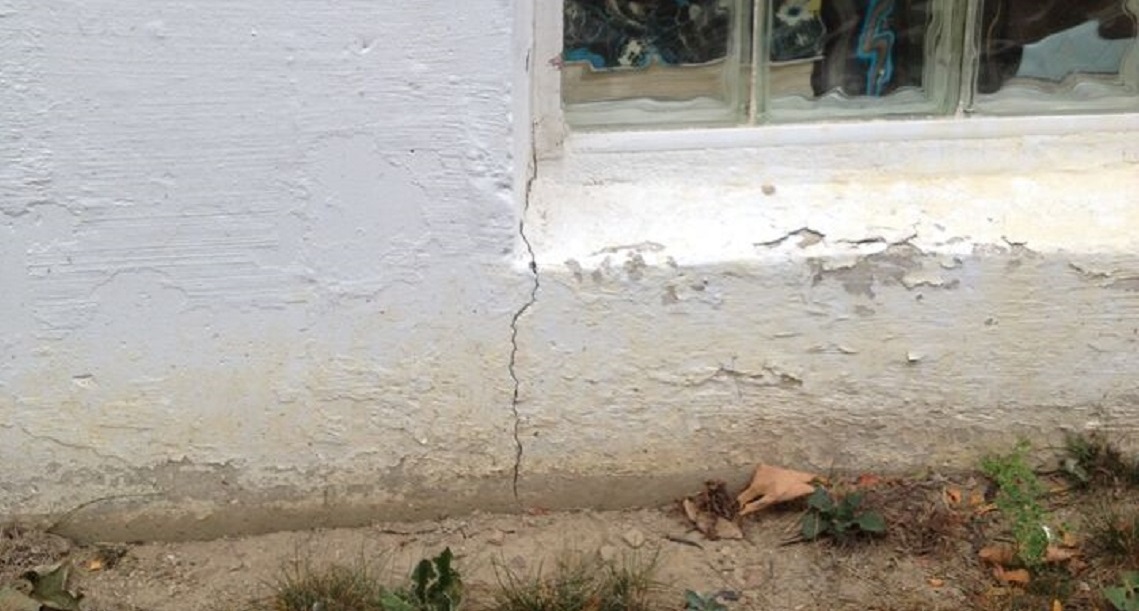What to Do If the Foundation Shifts

Your home is a valuable investment, so maintaining your home’s structural integrity is a high priority for every homeowner. If the structural integrity of your house has been compromised, several problems can occur and needs your immediate attention. All homes experience some settling to varying degrees, but how do you know the difference between normal wear and a more severe problem?
Foundations are generally constructed of concrete that is hardened over steel, but over time all concrete will crack to some degree. The steel reinforcement is used to hold the foundation in place. Normal wear, natural changes, and settling may create cracks to some extent. A new home will sink even further over time and contractors take the climate and soil into account when overseeing a home’s construction.
Soil Preparation for Foundation Shifting:
Soil preparation is an important part of foundation construction, and damage can occur if this is not done properly. Extreme weather conditions are another cause of foundation damage, so temperature reliability and weather conditions should be taken into account by a contractor before construction begins.
The main factor in settling is soil expansion and contraction because as soil loses or gains moisture when exposed to the elements and shifts beneath the weight of the structure. The soil and earth around your foundation is in constant flux and the weather where you live can also affect the soil around your foundation in a very big way. Even though a bit of soil expansion is to be expected, this naturally occurring settlement of the foundation can lead to problems.
Shifting vs Settling Foundation Problems:
To determine if you have a true foundation shifting problem versus settling, you’ll need to look for more warning signs than just visible cracks in your foundation. Here are some warning signs:
• Cracks in Walls
• Sticking Doors or Windows
• Cracks in Top Story of Home
• Horizontal Cracks in the Actual Foundation
If you notice any of these warning signs, your attention to correcting these problems is needed sooner than later, or they will wreak havoc on the rest of the structure.
Solutions for Foundation Shifting & Moving:
Below are several solutions your contractor may use to protect your foundation from shifting. There may be other solutions as well, or certain solutions may not be applicable for your situation.
Helical Torque Anchors
ECP Torque anchors are specific designs for deep foundation support. These anchors are installed to prevent the problems that arise from shifting and unstable soils that can put your home at risk. The anchors are easy to install and are hydraulically pushed into the ground to a length determined by the soil around your structure. They can be installed in all types of weather conditions.
Steel Piers
Steel piers are the most common foundation tool for foundation re-enforcement and the first line of defence by many construction professionals. They can support large capacities, have a large bearing surface, are adjustable, and they can be field loaded to test them. Also, they can be installed deep into the load bearing stratum for long lasting results.
Earth Contact Products
There are a number of Earth Contact Products that can help support the foundation of your home. These types of tools produce many piering and underpinning solutions for supporting and stabilizing foundations that have shifted or moved.
Find a Professional Foundation Expert
Since 1993, Conterra Foundation and Repair has been reinforcing foundations new and old throughout Hamilton, Burlington and the surrounding area. Our professionals are here to help you, so contact us today.